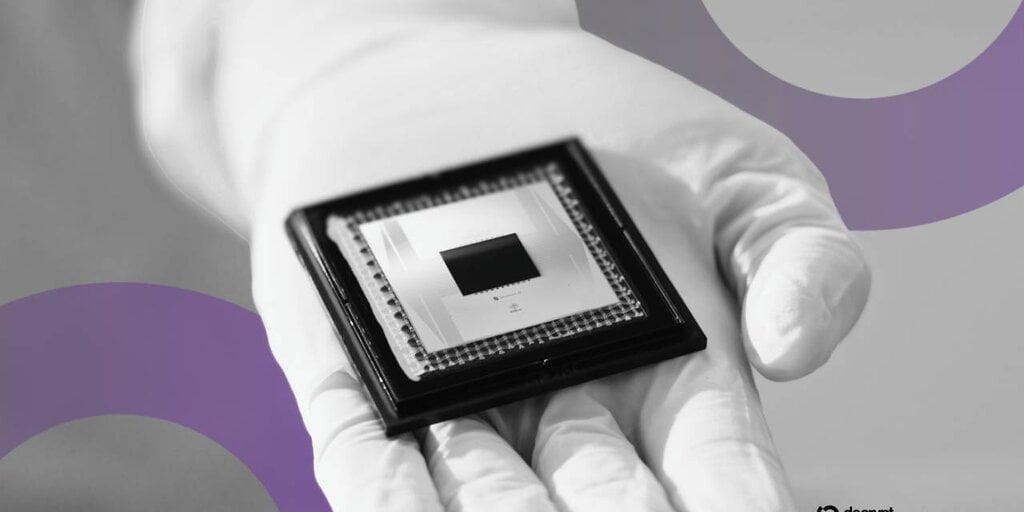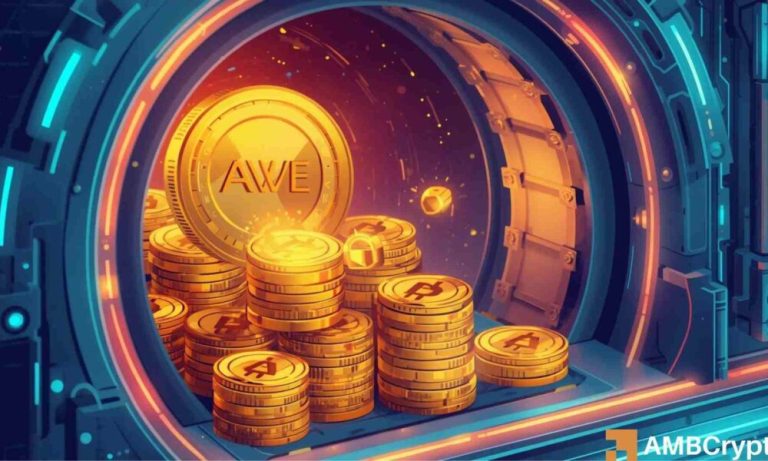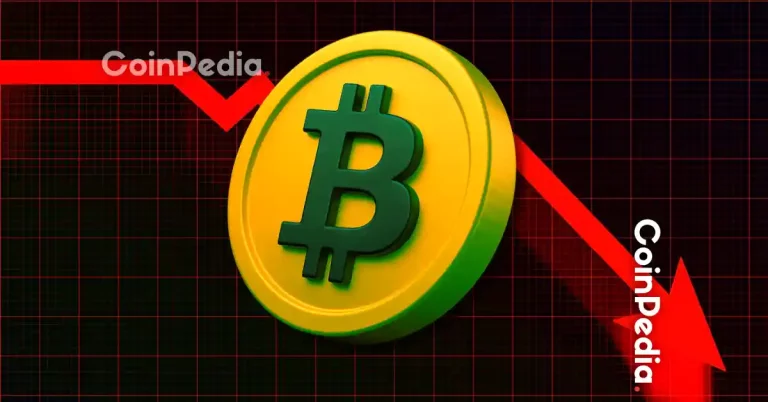
Google Quantum AI: The Rise of Quantum Money
For over a decade, blockchain technology has been the bedrock for securing digital currencies like Bitcoin. Its decentralized ledger system was revolutionary in preventing counterfeiting and double-spending. However, groundbreaking research from Google Quantum AI hints at a future where blockchain might become obsolete, replaced by the immutable laws of quantum mechanics.
What is Quantum Money?
Quantum money, a concept explored in a recent study titled “Anonymous Quantum Tokens with Classical Verification,” leverages the “no-cloning theorem” in quantum physics. This principle dictates that quantum states cannot be perfectly copied. Unlike digital data that can be replicated easily, a quantum token’s unique properties make it virtually impossible to counterfeit, rendering traditional blockchain mechanisms unnecessary.
Imagine a dollar bill as a quantum object. Its quantum state ensures it cannot be duplicated or tampered with—a feat that eliminates the core purpose of blockchain technology, which is maintaining trust through decentralized, energy-intensive verification processes.
How Does Quantum Money Work?
In this system, each quantum token carries inherent physical security. Because of its unique quantum properties, counterfeiting becomes not only computationally challenging but physically impossible. This drastically reduces the need for blockchain’s proof-of-work or proof-of-stake mechanisms, offering a more direct, energy-efficient solution.
What sets quantum money apart is the absence of a global ledger to track transactions. Verification is a localized and physical process, unlike blockchain’s global consensus requirements. This breakthrough redefines how digital transactions could function, paving the way for more streamlined and secure financial systems.
The Role of a Central Issuer
While quantum money solves many technical challenges, it doesn’t replicate the decentralized nature of cryptocurrencies. Google’s model assumes a trusted, centralized financial institution—like a bank—would issue quantum tokens. However, quantum mechanics ensures the integrity of these tokens, even holding the issuer accountable through built-in privacy features.
For example, users can test their tokens using a process called a “swap test.” If discrepancies are found, it signals potential tracking by the central issuer, safeguarding user privacy and fostering trust in the system.
Limitations and the Road Ahead
Despite its revolutionary potential, quantum money remains theoretical. The technology requires advanced quantum computers and quantum communication networks, pushing it far beyond current capabilities. However, this research demonstrates that solutions outside blockchain are possible for securing digital value.
With tech giants like Google pushing the boundaries of innovation, it’s worth keeping an eye on the developments in quantum computing. This evolving landscape could shape a future where physics, rather than code, secures our digital assets.
Explore Quantum-Backed Innovations
While we’re not yet using quantum money, the advancements in quantum technology are influencing various sectors, including financial security. To explore products influenced by cutting-edge technology, check out Google’s Quantum AI resources or browse innovative tools like quantum-resistant crypto wallets from brands like Ledger.





